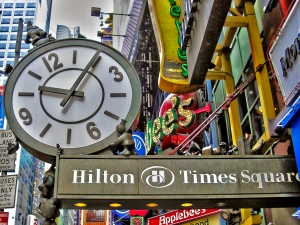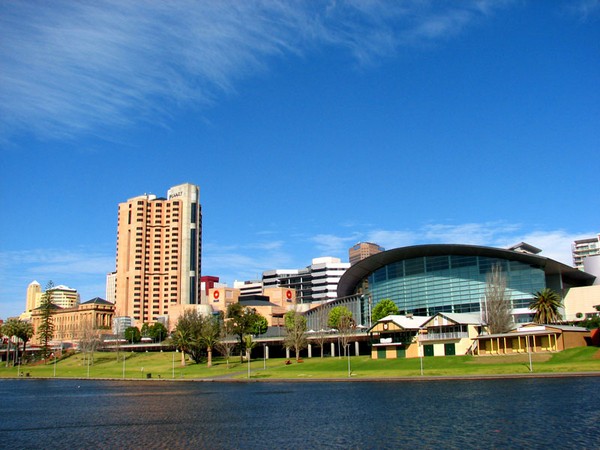
Halogen Phase-Out Leads to Money Saving Solutions
Federal government’s halogen phase-out leads to money saving solutions.
As of 14 April this year, the Australian government’s ban on the importation of 50W halogen downlights took effect. Hotel owners and managers across the country have since been scrambling for alternative lighting options.
Initially the phase out represented a real opportunity for the industry to embrace energy efficient technology, take the sustainable approach and lower their electricity bills. However a lot of new lights on the market don’t meet legal requirements relating to brightness.
All commercial buildings must still meet Australian Standard Lux Levels (AS 1680 series), a standard that sets the minimum lighting levels needed for different areas in a commercial space. If a business does not meet these levels and someone, for instance, injures them self, then the accommodation provider is held liable.
For many companies, it seems the government has put them in between a rock and hard place: looking for halogen replacements that offer equivalent brightness on the one hand, whilst forcing them to keep their power use to a minimum on the other.
However, it is possible to have both and ensure a risk free retrofit with no loss of light quality, so long as consumers are fully aware of the lux levels required for their premises and know the exact brightness (measured in lumens) and efficiency of the retrofit lighting product chosen.
Once the lux levels of each room have been calculated in accordance to AS 1680 series standards, energy efficient replacements must be sought that comply with the recommended brightness and wattage of each room. Perhaps the easiest way to ensure the correct brightness is to find a replacement with a similar lumen count to a halogen. The average 50W halogen light, according the Australian Department of Climate Change and Energy Efficiency, is 720 lumens. Ideally then, your retrofit replacement should be around the same.
The wattage and brightness should be clearly visible on the packaging of your product. Lumens measures the brightness of the product – displayed as ‘lm’, while Wattage measures the energy consumption – displayed with a large ‘W’.
Compact fluorescent bulbs are one of the more readily available lighting types on the market but are an unfeasible option as they don’t provide the required brightness or warmth of a halogen light. The average CFL bulb provides an output of just 340 lumens. LED lights, on the other hand, are an energy efficient light that produce the same amount of light as a halogen (720 lumens), provide the same warm colour (3000K) all while using about 20% of the power of halogens.
Consequently LEDs are the leading choice of energy efficient replacement for 50W halogens.
Most LED halogen replacements are around the 10W mark which means consumers can decrease their electricity bills by 80% without losing brightness and, more importantly, adhere to the government’s legal requirements. As well as their lighting performance, LED downlights have a great deal of compatibility with halogen transformers and dimmers making for an easier retrofit. They also fit into existing halogen fittings.
However one of the most compelling commercial reasons to use LEDs for a retrofit is their long life. LEDs can last up to 70,000 hours, which minimises maintenance costs. This is a major improvement on halogens that were a constant source of frustration – blowing from overheating and requiring replacement on average every five to six months. In the same circumstances LEDs can last for over 15 years.
While LEDs can be a little more costly to purchase than halogens, their low power consumption ensures a fast payback time of less than 12 months for commercial use, which falls well below the three-year warranty period that comes standard with premium LEDs.
To ease the transition from halogens to energy efficient lighting, the government has also provided rebate schemes to encourage retrofits and to meet Australia’s energy targets. These rebate schemes can be used to cover LED installation costs and include the ESS in New South Wales and VEET in Victoria.
If you are seriously considering retrofitting LEDs and need to compare the initial purchase and installation costs against your company’s power and carbon savings most LED suppliers have retrofit calculators available online. For large installations involving more than fifty lights this is a great way to accurately weigh up the costs of shifting over to an energy efficient replacement that has, in many ways, saved the day as government bans and regulations are being tightened and energy power costs are constantly rising.
Simon Pitt
Brightgreen

AccomNews is not affiliated with any government agency, body or political party. We are an independently owned, family-operated magazine.






